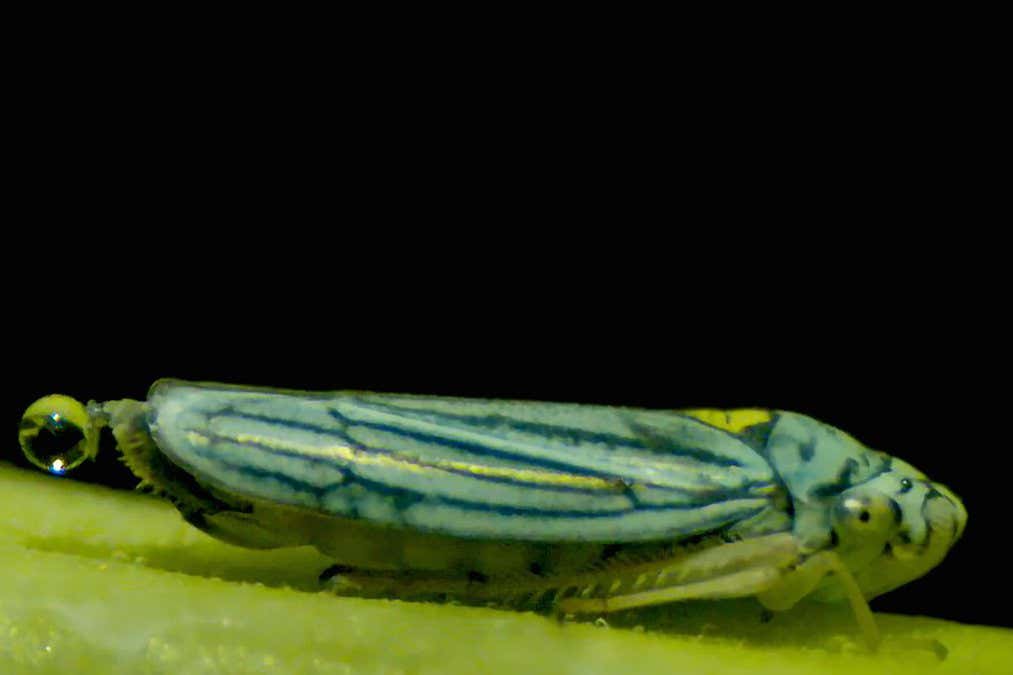Insect Urine: The Power of the Anal Catapult – A Surprising Look at Insect Communication
The world of insects is teeming with fascinating adaptations, and one of the most intriguing, yet often overlooked, is the role of insect urine in communication and survival. While we might not immediately think of insects as having sophisticated urinary systems, many species utilize a process known as anal catapulting to expel urine-like fluids, playing a crucial role in their social interactions and environmental responses.
This article delves into the often-unseen world of insect urination, exploring the mechanics of anal catapulting, the chemical composition of these fluids, and their surprising impact on insect behavior and ecology.
The Mechanics of the Anal Catapult
Unlike mammals with their complex urinary tracts, insects employ a simpler, yet remarkably effective, method for fluid expulsion. The anal catapult, a process involving powerful abdominal contractions, propels a droplet of fluid – often containing urine-like components – with surprising force and accuracy. This isn't just a passive expulsion; it's a targeted action, allowing insects to precisely control the distance and direction of the fluid's trajectory.
- Efficiency: This mechanism is incredibly efficient, utilizing minimal energy to achieve significant dispersal.
- Precision: The control over trajectory allows insects to signal specific individuals or to mark territories effectively.
- Defense Mechanism: In some species, the expelled fluid acts as a deterrent to predators, exhibiting pungent or unpleasant properties.
The Chemical Composition: More Than Just Waste
The fluid expelled through anal catapulting is not simply waste. It's a complex cocktail of chemicals that carry crucial information. Researchers are still unraveling the full complexity of these fluids, but they have discovered a variety of components, including:
- Pheromones: Chemical signals used for communication, attracting mates, warning of danger, or marking territories.
- Alarm Signals: Specific chemicals that alert other insects to potential threats.
- Nutrients: In some cases, the fluid may contain nutrients that benefit other individuals or the colony.
- Antimicrobials: Substances that defend against pathogens and diseases.
The Ecological Significance: Impacts on the Ecosystem
The seemingly simple act of anal catapulting has significant ecological consequences. The chemical composition of the expelled fluid can influence:
- Plant-Insect Interactions: The fluids can affect plant growth, impacting the overall ecosystem.
- Predator-Prey Dynamics: The deterrent properties of some fluids can influence predator behavior.
- Social Structure: Pheromones in the fluid help maintain social order within insect colonies.
Future Research and Conservation
Our understanding of insect urine and anal catapulting is still developing. Further research is needed to fully understand the complexity of these fluids and their role in insect ecology and behavior. This knowledge is crucial not only for furthering scientific understanding but also for conservation efforts. Protecting insect biodiversity requires a comprehensive understanding of their communication and survival strategies.
Conclusion: A Tiny Wonder with Big Impacts
The seemingly insignificant act of insect urination, specifically through the anal catapult, reveals a hidden world of complex communication and intricate ecological interactions. From chemical signals to defense mechanisms, this surprising adaptation highlights the remarkable ingenuity found in the natural world. Further research promises to reveal even more about this often-overlooked aspect of insect biology and its significant impact on our ecosystems.
Keywords: insect urine, anal catapult, insect communication, pheromones, insect behavior, ecology, biodiversity, insect biology, anal catapulting mechanism, insect excretion.

